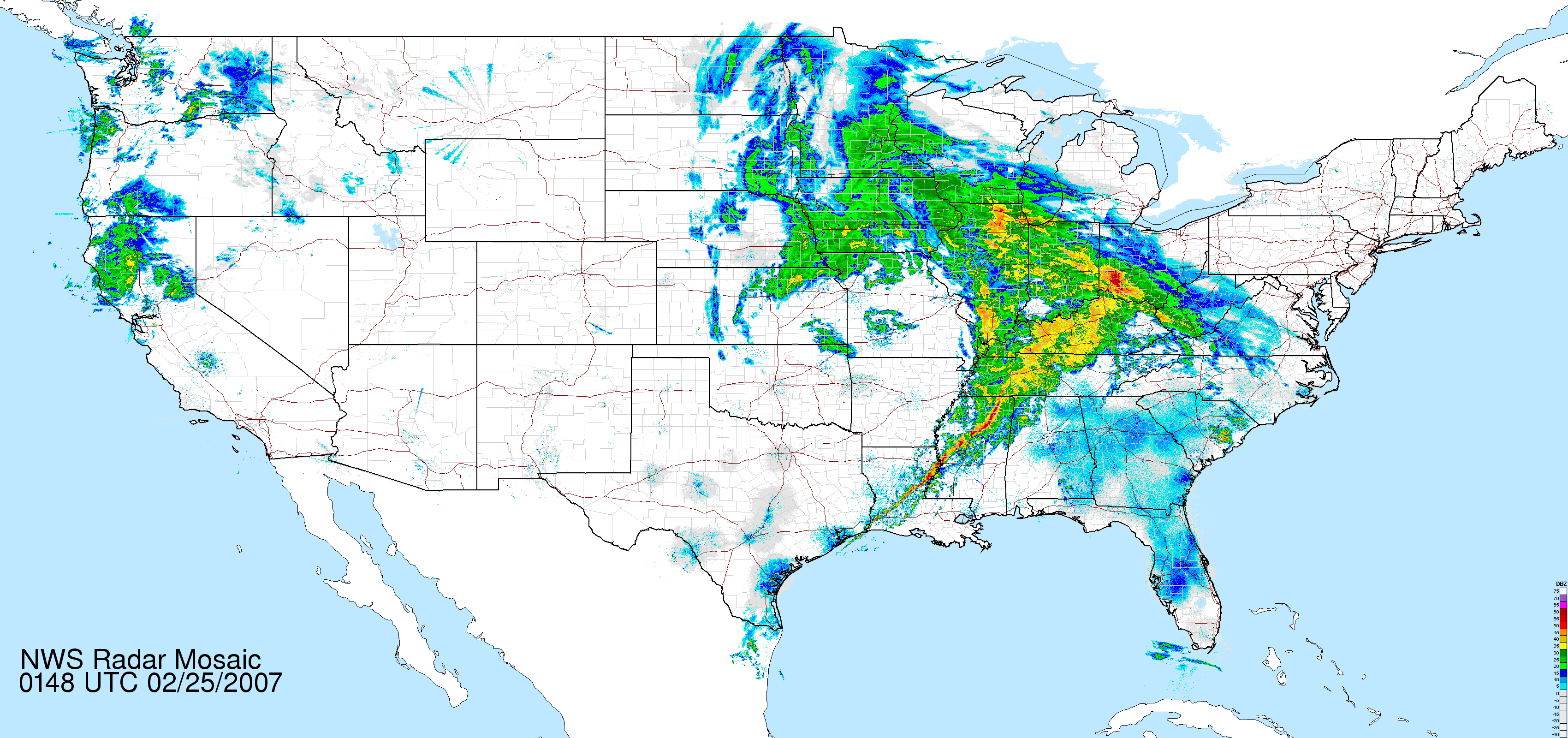|
Snow Cream
Snow cream can be one of two distinct desserts. * A dessert consisting of whipped cream with added flavorings. * A dessert in which snow is mixed with a sweetened dairy-based liquid to make an ice cream substitute. This is also known as snow ice cream. The cream-based dessert Whipped cream, with or without flavorings, was known as "snow cream" or "milk snow" (''neve di latte, neige de lait'') until the 17th century. Whipped egg whites were also sometimes included. There are English and continental European recipes dating to the 16th century. The snow-based dessert The technique of using snow as a main ingredient in a dessert is very old. Common ingredients for this variety are a dairy based ingredient, sugar and a flavouring agent. In adding a small amount of dairy-based liquid and a flavouring agent (similar to ice cream ingredients) into clean snow, the snow melts and congeals into a simple ice cream substitute. Other "snow" recipes Apple snow, with puréed apple added ... [...More Info...] [...Related Items...] OR: [Wikipedia] [Google] [Baidu] |
Dessert
Dessert is a course (food), course that concludes a meal. The course consists of sweet foods, such as confections, and possibly a beverage such as dessert wine and liqueur. In some parts of the world, such as much of Greece and West Africa, and most parts of China, there is no tradition of a dessert course to conclude a meal. The term ''dessert'' can apply to many confectionery, confections, such as biscuits, cakes, cookies, custards, gelatin dessert, gelatins, ice creams, pastry, pastries, pies, puddings, macaroons, tong sui, sweet soups, tarts, and fruit salad. Fruit is also commonly found in dessert courses because of its naturally occurring sweetness. Some cultures sweeten foods that are more commonly umami, savory to create desserts. Etymology The word "dessert" originated from the French word ''desservir,'' meaning "to clear the table". Its first known use in English was in 1600, in a health education manual entitled ''Naturall and artificial Directions for Health'', w ... [...More Info...] [...Related Items...] OR: [Wikipedia] [Google] [Baidu] |
Snow
Snow comprises individual ice crystals that grow while suspended in the atmosphere—usually within clouds—and then fall, accumulating on the ground where they undergo further changes. It consists of frozen crystalline water throughout its life cycle, starting when, under suitable conditions, the ice crystals form in the atmosphere, increase to millimeter size, precipitate and accumulate on surfaces, then metamorphose in place, and ultimately melt, slide or sublimate away. Snowstorms organize and develop by feeding on sources of atmospheric moisture and cold air. Snowflakes nucleate around particles in the atmosphere by attracting supercooled water droplets, which freeze in hexagonal-shaped crystals. Snowflakes take on a variety of shapes, basic among these are platelets, needles, columns and rime. As snow accumulates into a snowpack, it may blow into drifts. Over time, accumulated snow metamorphoses, by sintering, sublimation and freeze-thaw. Where the climate is co ... [...More Info...] [...Related Items...] OR: [Wikipedia] [Google] [Baidu] |
Ice Cream
Ice cream is a sweetened frozen food typically eaten as a snack or dessert. It may be made from milk or cream and is flavoured with a sweetener, either sugar or an alternative, and a spice, such as cocoa or vanilla, or with fruit such as strawberries or peaches. It can also be made by whisking a flavored cream base and liquid nitrogen together. Food coloring is sometimes added, in addition to stabilizers. The mixture is cooled below the freezing point of water and stirred to incorporate air spaces and to prevent detectable ice crystals from forming. The result is a smooth, semi-solid foam that is solid at very low temperatures (below ). It becomes more malleable as its temperature increases. The meaning of the name "ice cream" varies from one country to another. In some countries, such as the United States, "ice cream" applies only to a specific variety, and most governments regulate the commercial use of the various terms according to the relative quantities of the main in ... [...More Info...] [...Related Items...] OR: [Wikipedia] [Google] [Baidu] |
Apple
An apple is an edible fruit produced by an apple tree (''Malus domestica''). Apple fruit tree, trees are agriculture, cultivated worldwide and are the most widely grown species in the genus ''Malus''. The tree originated in Central Asia, where its wild ancestor, ''Malus sieversii'', is still found today. Apples have been grown for thousands of years in Asia and Europe and were brought to North America by European colonization of the Americas, European colonists. Apples have Religion, religious and mythology, mythological significance in many cultures, including Norse mythology, Norse, Greek mythology, Greek, and Christianity in Europe, European Christian tradition. Apples grown from seed tend to be very different from those of their parents, and the resultant fruit frequently lacks desired characteristics. Generally, apple cultivars are propagated by clonal grafting onto rootstocks. Apple trees grown without rootstocks tend to be larger and much slower to fruit after plantin ... [...More Info...] [...Related Items...] OR: [Wikipedia] [Google] [Baidu] |
Slush (beverage)
A slushy (also spelled slushie and less commonly slushee) is a type of beverage made of flavored ice and a drink, similar to granitas but with a more liquid composition. It is also commonly called a slush, a slurpee, frozen beverage, or frozen drink. A slushie can either be carbonated or non-carbonated; the carbonated version is sometimes called a frozen carbonated drink or frozen carbonated beverage. History The first carbonated slushie machine was invented by Omar Knedlik, the owner of a Dairy Queen franchise. In the late 1950s, the soda machine at his restaurant experienced constant issues. Sometime in 1958, his machine completely failed and he decided to store his soda in his freezer, where it became slushy when pulled out. He decided to sell the slush to his customers, and the drink soon became popular. Knedlik decided to pursue making slushies and commissioned Ruth Taylor to create the name and logo of The Icee Company. These early machines used an automotive air conditi ... [...More Info...] [...Related Items...] OR: [Wikipedia] [Google] [Baidu] |
Snow Cone
Snow comprises individual ice crystals that grow while suspended in the atmosphere—usually within clouds—and then fall, accumulating on the ground where they undergo further changes. It consists of frozen crystalline water throughout its life cycle, starting when, under suitable conditions, the ice crystals form in the atmosphere, increase to millimeter size, precipitate and accumulate on surfaces, then metamorphose in place, and ultimately melt, slide or sublimate away. Snowstorms organize and develop by feeding on sources of atmospheric moisture and cold air. Snowflakes nucleate around particles in the atmosphere by attracting supercooled water droplets, which freeze in hexagonal-shaped crystals. Snowflakes take on a variety of shapes, basic among these are platelets, needles, columns and rime. As snow accumulates into a snowpack, it may blow into drifts. Over time, accumulated snow metamorphoses, by sintering, sublimation and freeze-thaw. Where the climate is co ... [...More Info...] [...Related Items...] OR: [Wikipedia] [Google] [Baidu] |
Frozen Yogurt
Frozen yogurt (also known as frogurt or by the tradename Froyo; ) is a frozen dessert made with yogurt and sometimes other dairy and non-dairy products. Frozen yogurt is a frozen product containing the same basic ingredients as ice cream, but contains live bacterial cultures. Usually more tart than ice cream (the tanginess in part due to the lactic acid in the yogurt), as well as lower in fat (due to the use of milk instead of cream), it is different from ice milk and conventional soft serve. Unlike yogurt, frozen yogurt is not regulated by the U.S. Food and Drug Administration (FDA), but is regulated by some U.S. states, such as California. Production Frozen yogurt consists of milk solids, some kind of sweetener, milk fat, yogurt culture (commonly ''Lactobacillus bulgaricus'' and ''Streptococcus thermophilus''), plus flavorings and sometimes coloring (natural or artificial). Milk fat comprises about 0.55–6% of the yogurt; added in quantities inversely proportional to the ... [...More Info...] [...Related Items...] OR: [Wikipedia] [Google] [Baidu] |
Ice Cream
Ice cream is a sweetened frozen food typically eaten as a snack or dessert. It may be made from milk or cream and is flavoured with a sweetener, either sugar or an alternative, and a spice, such as cocoa or vanilla, or with fruit such as strawberries or peaches. It can also be made by whisking a flavored cream base and liquid nitrogen together. Food coloring is sometimes added, in addition to stabilizers. The mixture is cooled below the freezing point of water and stirred to incorporate air spaces and to prevent detectable ice crystals from forming. The result is a smooth, semi-solid foam that is solid at very low temperatures (below ). It becomes more malleable as its temperature increases. The meaning of the name "ice cream" varies from one country to another. In some countries, such as the United States, "ice cream" applies only to a specific variety, and most governments regulate the commercial use of the various terms according to the relative quantities of the main in ... [...More Info...] [...Related Items...] OR: [Wikipedia] [Google] [Baidu] |
List Of Desserts
A dessert is typically the sweet course that, after the entrée and main course, concludes a meal in the culture of many countries, particularly Western culture. The course usually consists of sweet foods, but may include other items. The word "dessert" originated from the French word ''desservir'' "to clear the table" and the negative of the Latin word ''servire''. There are a wide variety of desserts in western cultures, including cakes, cookies, biscuits, gelatins, pastries, ice creams, pies, puddings, and candies. Fruit is also commonly found in dessert courses because of its natural sweetness. Many different cultures have their own variations of similar desserts around the world, such as in Russia, where many breakfast foods such as blini, oladyi, and syrniki can be served with honey and jam to make them popular as desserts. By type Brand name desserts A * Angel Delight B * Bird's Custard * Bompas & Parr * Butter Braid C * Cherrybrook Kitchen * Chicoo * Cool Wh ... [...More Info...] [...Related Items...] OR: [Wikipedia] [Google] [Baidu] |
Desserts
Dessert is a course that concludes a meal. The course consists of sweet foods, such as confections, and possibly a beverage such as dessert wine and liqueur. In some parts of the world, such as much of Greece and West Africa, and most parts of China, there is no tradition of a dessert course to conclude a meal. The term ''dessert'' can apply to many confections, such as biscuits, cakes, cookies, custards, gelatins, ice creams, pastries, pies, puddings, macaroons, sweet soups, tarts, and fruit salad. Fruit is also commonly found in dessert courses because of its naturally occurring sweetness. Some cultures sweeten foods that are more commonly savory to create desserts. Etymology The word "dessert" originated from the French word ''desservir,'' meaning "to clear the table". Its first known use in English was in 1600, in a health education manual entitled ''Naturall and artificial Directions for Health'', written by William Vaughan. In his book ''Sweet Invention: A History ... [...More Info...] [...Related Items...] OR: [Wikipedia] [Google] [Baidu] |




.jpg)


